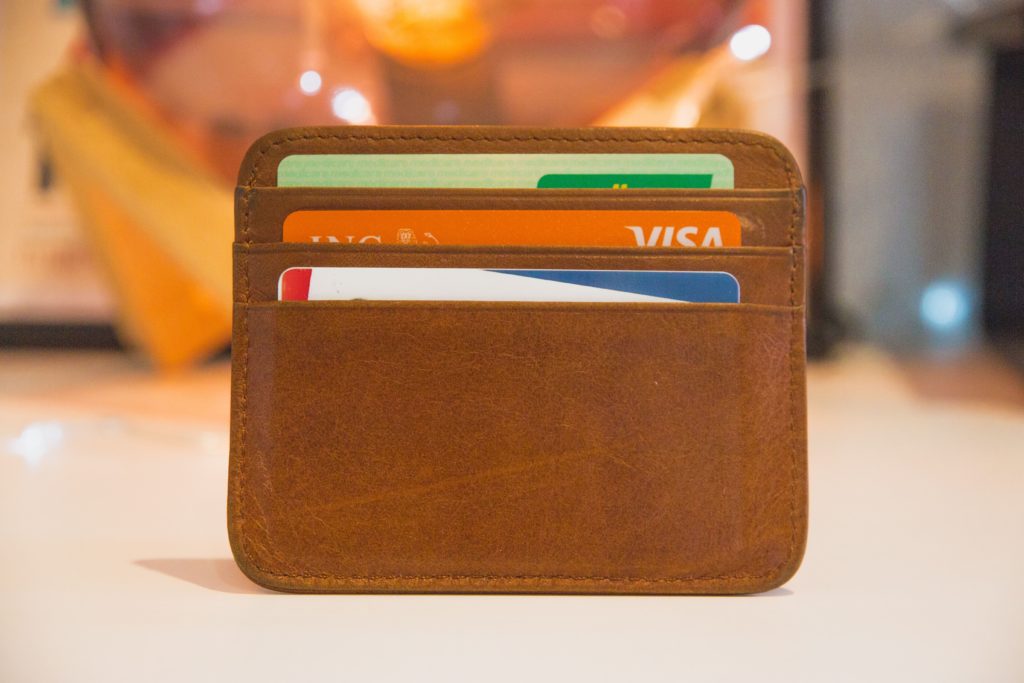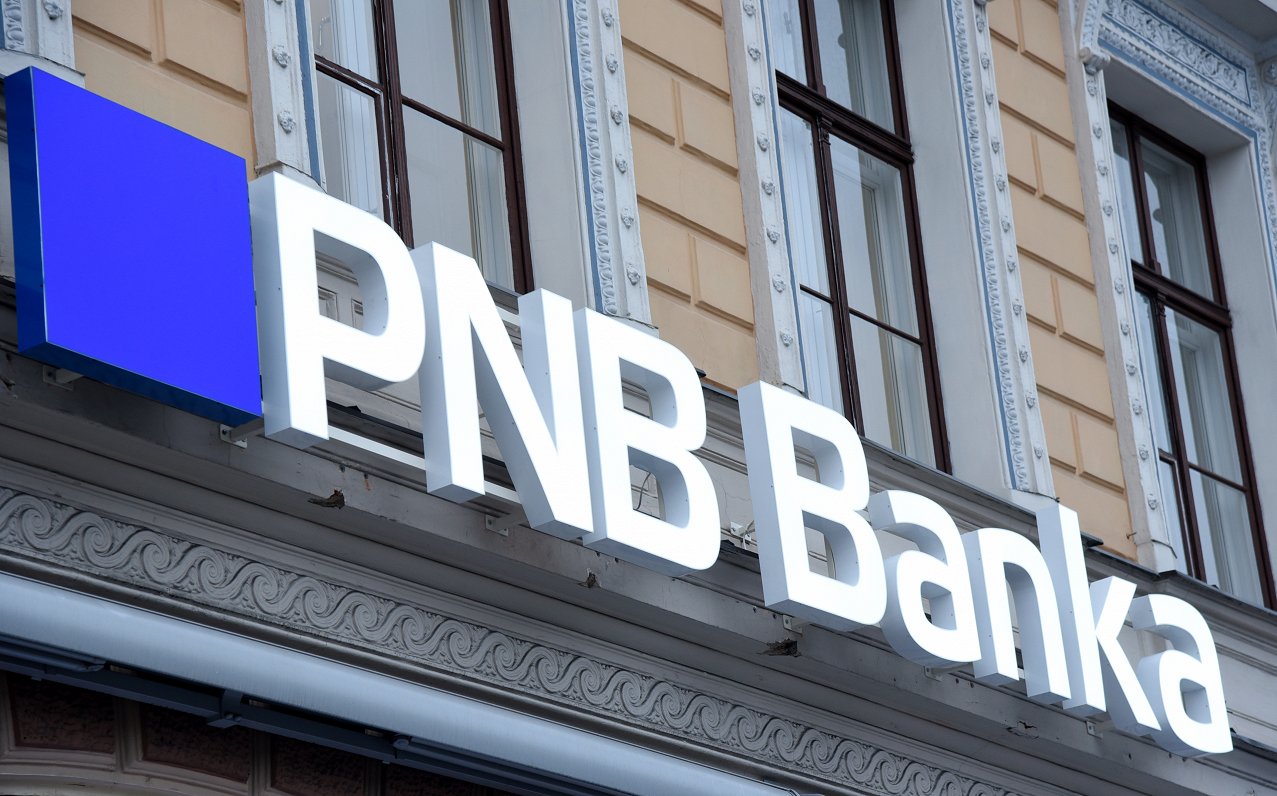Many expats are flocking to Latvia because of its breathtaking natural scenery, cities brimming with cultural attractions, innovative gastronomy, and welcoming people. More and more people are moving to this Baltic European treasure, which has one of the lowest living costs in the European Union.
How to handle your funds is naturally a concern for many families, seniors, and young professionals migrating to Latvia to enjoy its wonderful combination of tech friendliness and relaxed lifestyle. Small companies and local merchants occasionally only accept cash, although many establishments accept credit and debit cards.
Because foreign bank fees can quickly mount up, opening a Latvian bank account is the most cost-effective and straightforward alternative. However, the question remains: how do you go about doing it?
This quick tutorial will walk you through all of the essentials you’ll need to know about opening a bank account in Latvia.
Can I open a bank account as a non-resident of Latvia?
Yes. A valid passport or national ID card will be required. Residents of countries with which Latvia maintains a visa regime are required to provide a travel document with an entry stamp when opening an account in person at most banks.

The process and duration of opening the account
You can either book an appointment (recommended for non-native speakers to guarantee an English-speaking clerk is on hand or otherwise have a translator present) or stroll into any bank of your choice to open an account. It’s usually best to go to a larger bank for this, as smaller ones may not always have an English speaker on hand. When you go to open your account, make sure you have all of the essential papers with you.
Show your documents to the banker and fill out an application form after you’ve arrived. The banker should be able to open your account in minutes or hours, but expect it to take a few days or even weeks in some situations, especially if you need to prove your income or deposit source, which some banks will ask.
Required documents
Because the documentation needed to create an account varies with every bank, it’s wise to contact ahead to make sure you have everything you need for your appointment. While the bank may not require all of the documents listed below, the following are the ones that banks are most likely to request:
- A valid passport
- Proof of residencies, such as a foreign resident card or a resident permit.
- Address verification
- Work Contract/Agreement
While most accounts may be opened online, it is recommended that you visit the bank in person to help the process go more smoothly. You’ll almost certainly need a scanner to scan the necessary paperwork to open the account. You’ll almost always need to go to the branch to pick up your card and complete a few final forms.
Fees
Non-residents are frequently charged an account opening fee of 100 to 250 euros by Latvian banks.
In most countries, there are fees associated with opening a bank account. It’s a good idea to gather and compare information from several banks to determine which ones offer the best rates and services. This information is normally available online or via a bank clerk. The following are typical fees:
ATM fees
If you have an account with the bank that owns the ATM, you will not be charged a fee to withdraw money. Taking cash out of a different bank’s ATM, on the other hand, can be expensive, with flat withdrawal fees ranging from 2 to 5 euros per transaction, and some banks charging a percentage of the amount withdrawn.
You’ll almost certainly be charged a foreign ATM fee as well as a percentage of the amount withdrawn if you use a debit card from a non-Latvian bank at a Latvian ATM. This is a combination of the ATM’s fixed fee and a portion of your transaction that goes directly to your home bank. At ATMs, you can get a less favorable exchange rate than you would at a local bank.
Standard bank fees
Banks aim to eliminate or reduce monthly fees to stay competitive. Some banks, on the other hand, impose maintenance and convenience fees that can add up to a significant amount of money, such as:
1) Issuance Fees for Express Cards
2) Account statement mailed to you
3) Account maintenance costs are charged monthly.
4) A fee that is set by the user.
5) Fee for cashing a check
6) An account balance maintenance fee, which is charged if your account balance goes below the bank’s minimum balance requirement.
7) Fees for wire transfers and deposits
Fees for international transfers
International transfers are normally charged in the same way as foreign ATM fees: a fixed fee, which can be as high as 50 EUR, plus a percentage of the total transfer. You should also be aware of your exchange rate, so keeping a watch on the mid-market rate is always a smart idea.
Wise can also be used to transfer money between your home account and your account in Latvia, as well as to pay or receive payments from staff.







